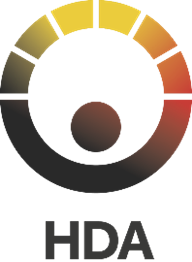A brief overview of some terms relating to data and health
Completion requirements
Browse the glossary using this index
Special | A | B | C | D | E | F | G | H | I | J | K | L | M | N | O | P | Q | R | S | T | U | V | W | X | Y | Z | ALL
A |
|---|
AnonymizationData can be considered as anonymous or anonymized, if it is not possible to “single-out” individuals with the data provided and when the applied mechanisms to anonymise are irreversible.
Anonymous data is not identifiable data from the start, while anonymized data is data initially identifiable but for which a process has been put in place to make it not identifiable anymore (GDRP: art. 4(5)). | |
AVGThe AVG (short for Algemene Verordening Gegevensbescherming) is the Dutch name for the GDPR (General Data Protection Regulation), a European privacy regulation. The AVG is about protecting people’s personal information. It gives individuals more control over how their data—like names, addresses, phone numbers, or even online behavior—is collected, used, and shared. It is based on:
Transparency: Organizations have to tell you clearly what data they’re collecting, why they need it, and how they’ll use it.
Consent: They can’t use your personal data unless you say it’s okay, except in certain situations (like legal obligations).
Control: You have the right to see your data, ask for corrections, or even ask them to delete it.
Security: Organizations must keep your data safe and report any breaches quickly.
Accountability: Companies must follow the rules and can be fined if they don’t.
In short, the AVG ensures that your personal data is handled with care and gives you the power to decide what happens to it. | |
